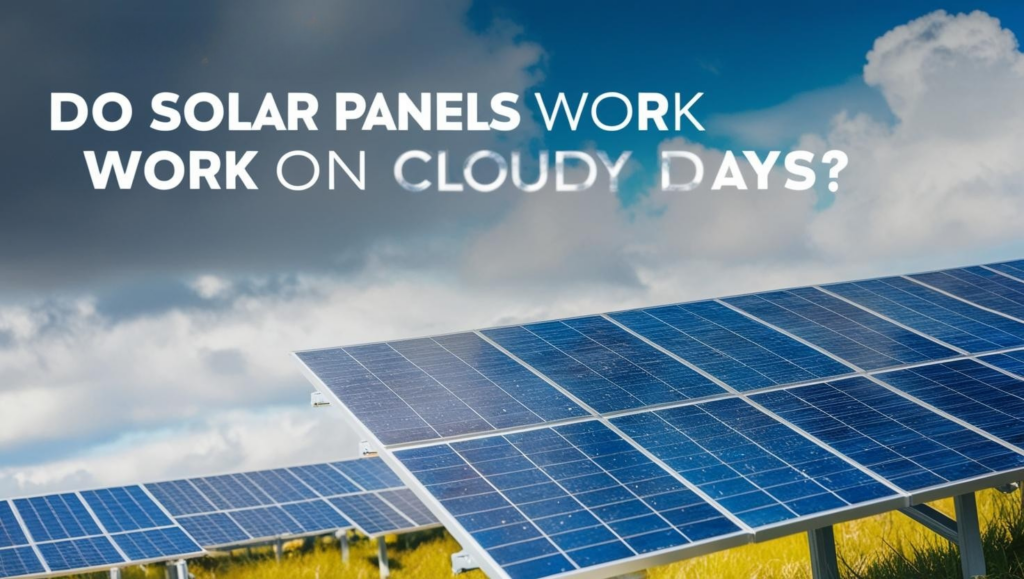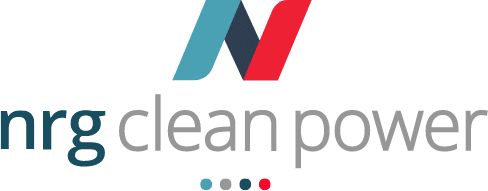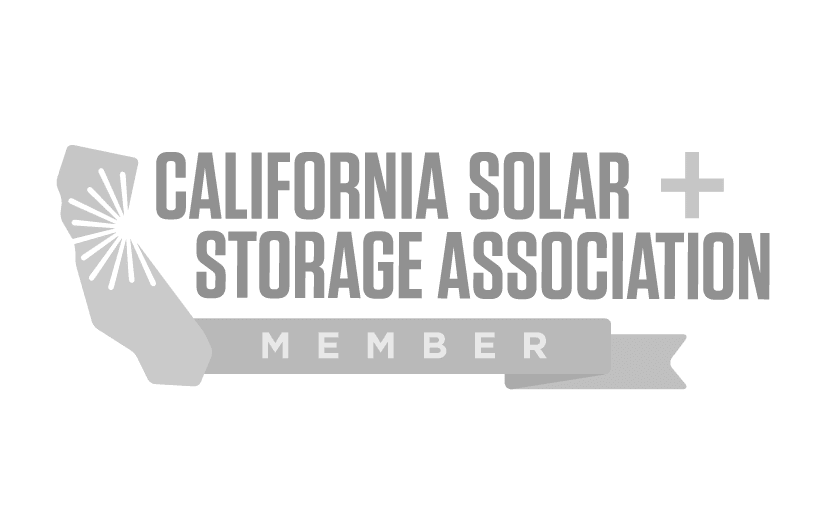
Yes, solar panels do work on cloudy days, but at reduced efficiency. Depending on cloud density, solar panels typically produce 10% to 60% of their normal output. Advanced solar technologies, like bifacial panels and systems with battery storage, can help maximize energy production even in overcast conditions.
The Science Behind Solar Panel Performance on Cloudy Days
Solar panels rely on photovoltaic (PV) cells to convert sunlight into electricity. While direct sunlight is ideal, diffused sunlight—which scatters through clouds—still contains photons that panels can absorb.
Key Fact: Even on a fully overcast day, about 10-20% of the sun’s energy still reaches the Earth’s surface, allowing PV panels to continue generating electricity.
2. Solar Efficiency Reduction: Cloudy vs. Sunny Days
The impact of cloudy conditions on solar panels depends on cloud thickness and local climate conditions:
| Condition | Solar Panel Output Reduction |
|---|---|
| Light clouds (partly cloudy) | 10-20% reduction |
| Moderate clouds (overcast) | 30-50% reduction |
| Heavy clouds (stormy) | 50-90% reduction |
Example:
In a city like San Francisco, which experiences frequent fog and overcast conditions, solar panels may generate 60-80% of their normal output even on cloudy days.
3. Does Rain Affect Solar Panels?
Rain itself does not stop solar panels from working. In fact, it helps clean the panels, removing dirt and dust that can reduce efficiency over time.
4. How Solar Panels Work During Snowy Conditions
Even snow-covered panels can generate power, as some sunlight can still penetrate thin snow layers. Additionally, many panels have a self-cleaning tilt, allowing snow to slide off.
Advanced Solar Technologies That Perform Better in Cloudy Conditions
1. Monocrystalline Panels – Best Performance in Low Light
Monocrystalline panels, such as SunPower and LG Solar, are more efficient in cloudy conditions compared to polycrystalline panels.
2. Bifacial Solar Panels – Capture Light From Both Sides
Bifacial panels generate additional energy by capturing sunlight reflected off rooftops, grass, or snow—boosting efficiency by 10-20% in cloudy weather.
3. Microinverters vs. String Inverters – Better for Cloudy Days
Microinverters optimize each solar panel individually, meaning partial shading or cloud coverage on one panel won’t affect the entire system, improving energy output by 5-15%.
4. Battery Storage Solutions – Store Energy for Cloudy Days
Solar batteries like the Tesla Powerwall and Enphase IQ Battery store excess energy generated on sunny days, ensuring power availability during extended cloudy periods.
Cities with High Cloud Cover But Successful Solar Adoption
Surprisingly, some of the most solar-powered cities in the U.S. have frequent cloudy weather:
| City | Cloudy Days Per Year | Average Solar Production Reduction |
|---|---|---|
| Seattle, WA | 226 days | 40-60% |
| Portland, OR | 222 days | 35-55% |
| Boston, MA | 164 days | 20-40% |
| New York, NY | 152 days | 15-35% |
Despite frequent overcast conditions, these cities have strong solar adoption rates due to state incentives and high electricity costs, making solar a viable long-term investment.
Key Takeaways: Should You Worry About Cloudy Days?
- Yes, solar panels work on cloudy days, but expect 10-60% efficiency compared to sunny conditions.
- Rain can help clean your panels, improving performance over time.
- High-efficiency panels, bifacial technology, and microinverters can improve performance in cloudy conditions.
- Cities with high cloud cover still benefit from solar, especially with storage solutions like Tesla Powerwall.

